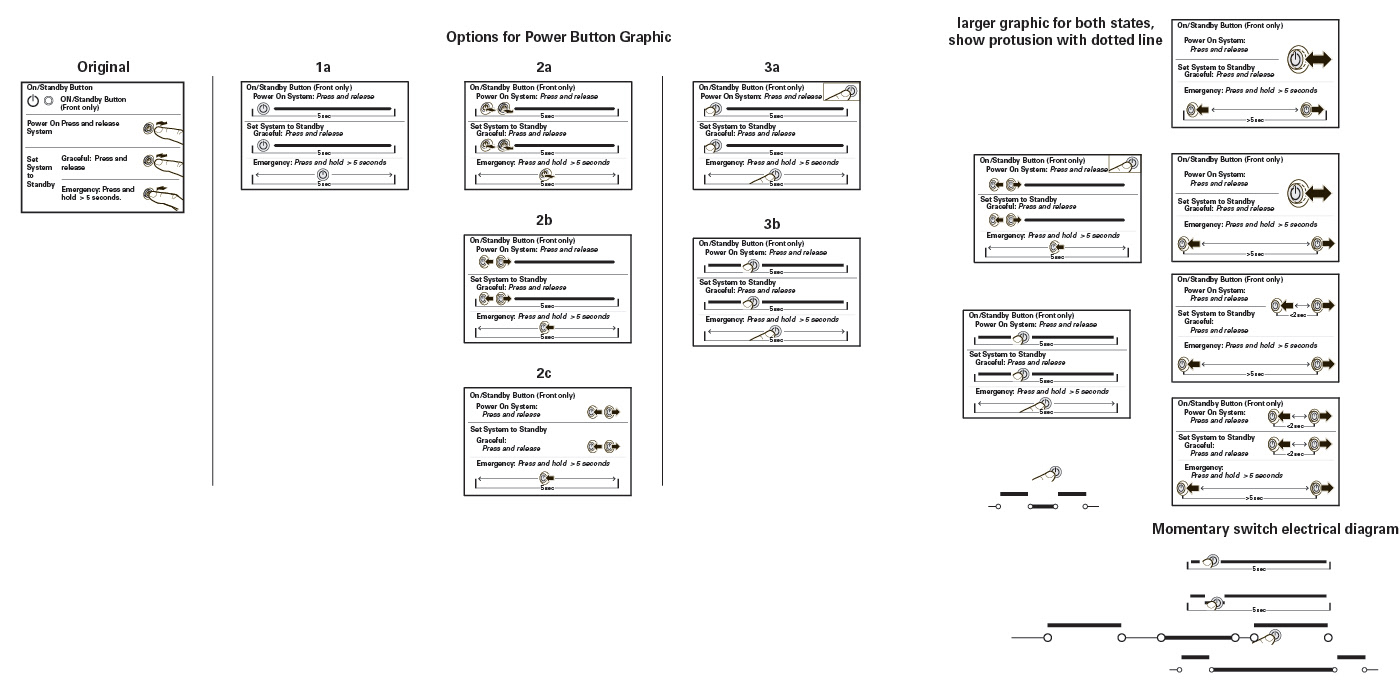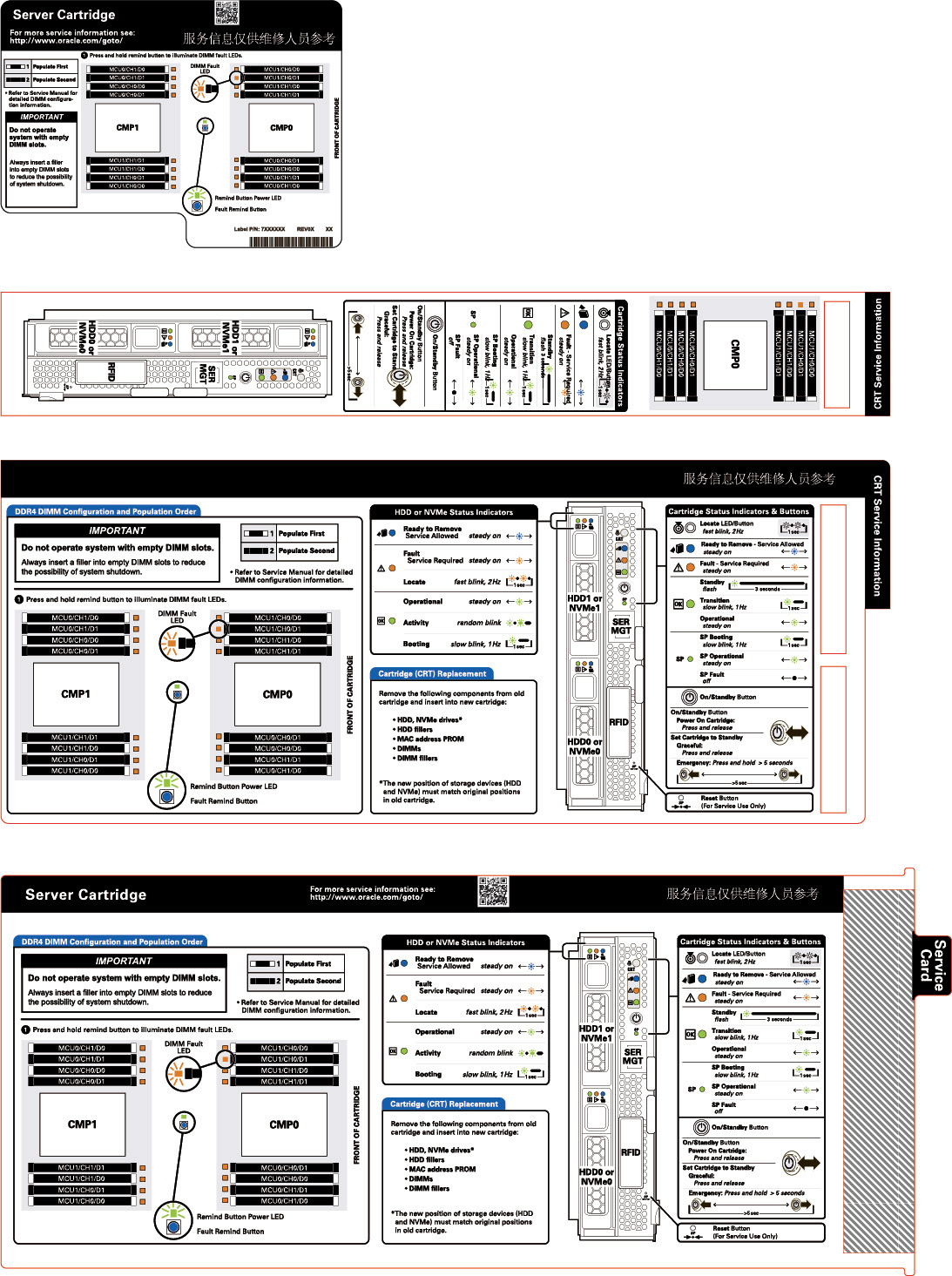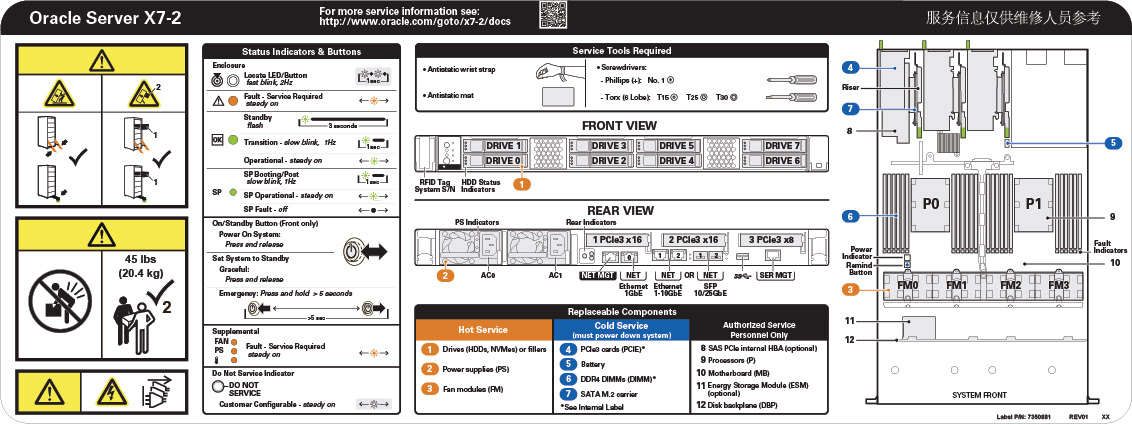Complex systems have complex service tasks and that means the information and service aids should be as close to the issues as possible. Through user task analysis, formative user testing and iterative design processes I simplify the tasks and images to give the user exactly the information they need, when they need it.
Along with task analysis and user flowcharts we use journey mapping to communicate the issues during service. We review early prototype systems with users and internal stakeholders to determine procedures and space constraints.
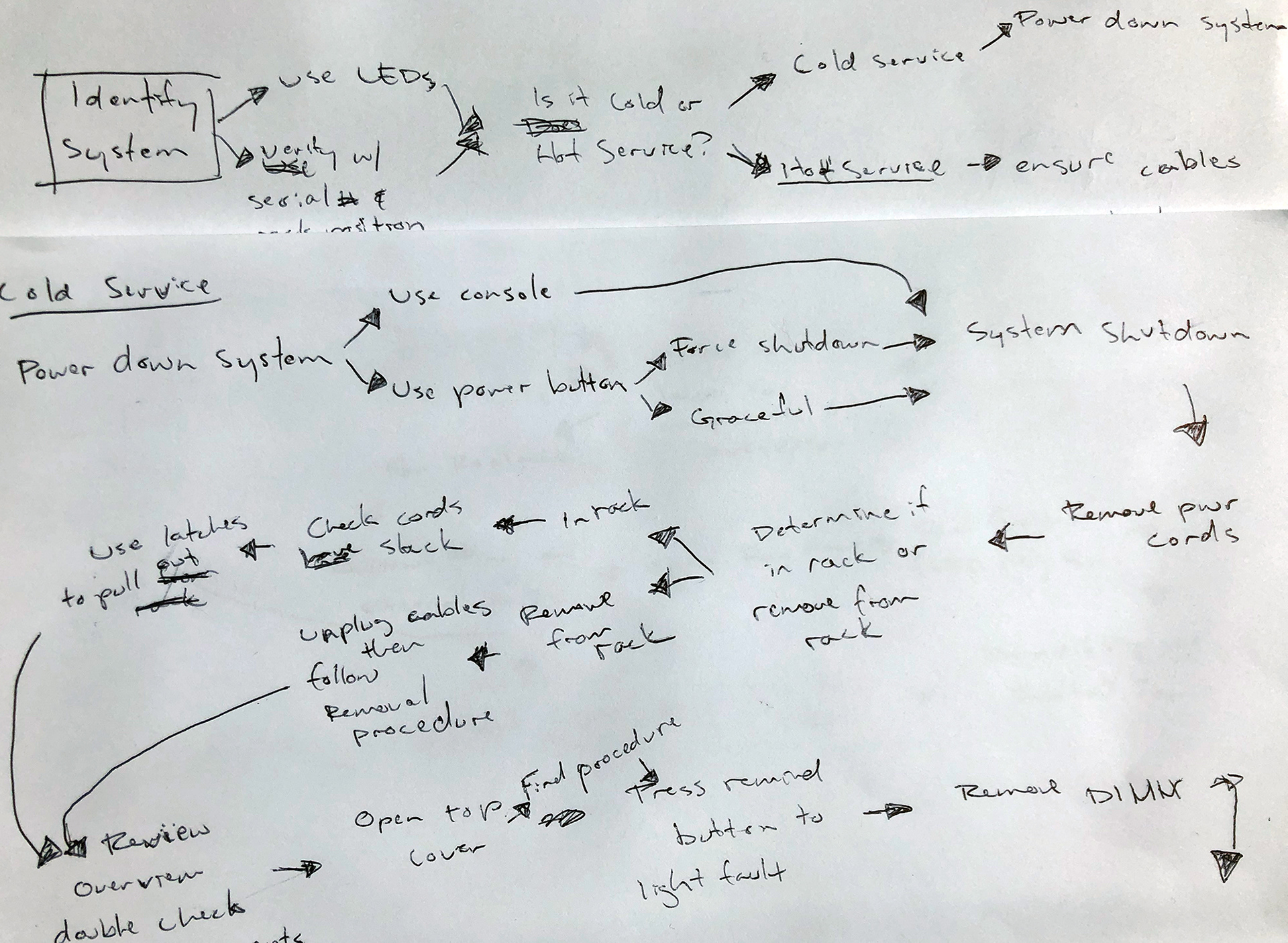

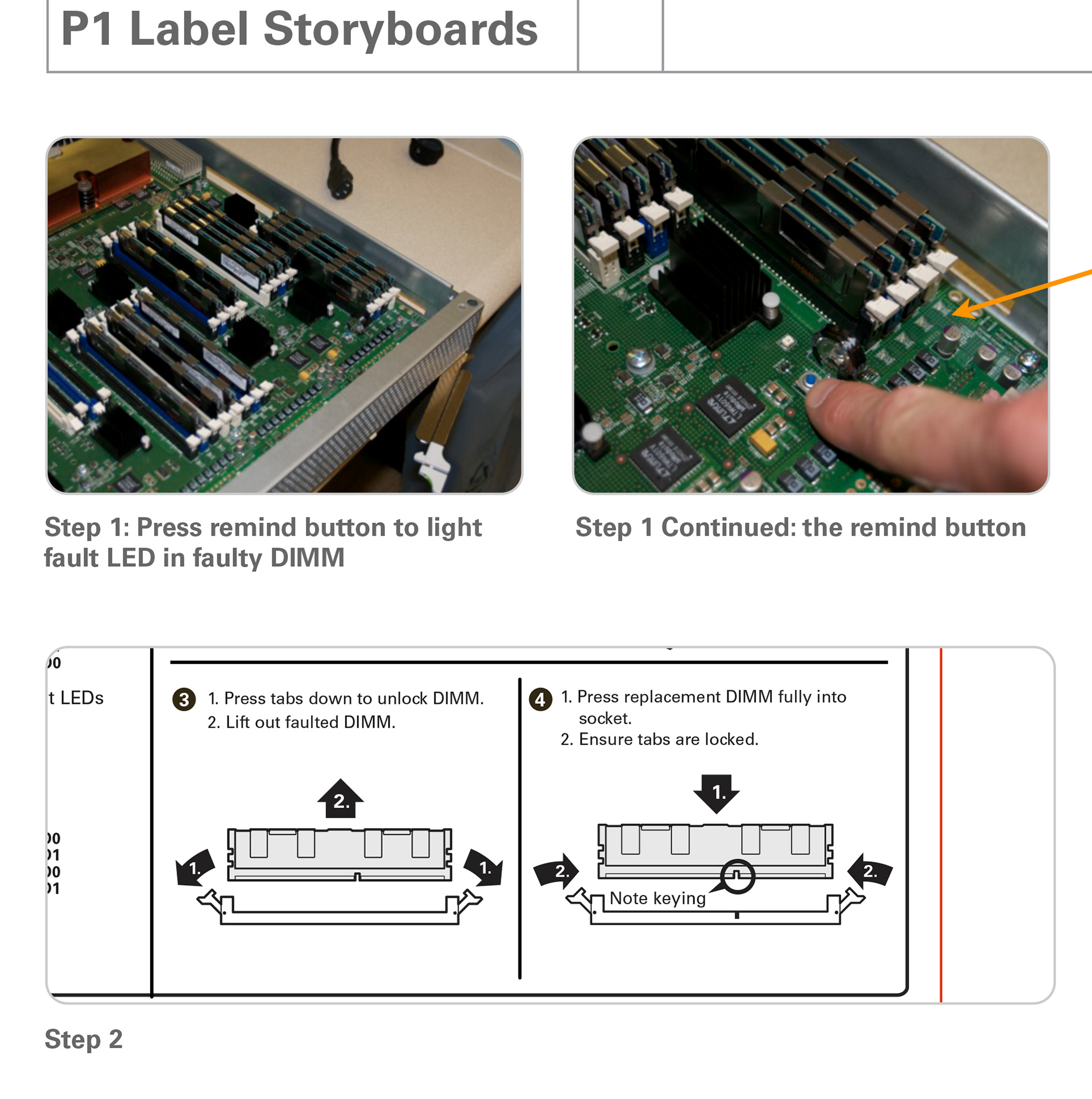
After the initial review we take more detailed pictures and begin working on illustrations and procedure layout options.

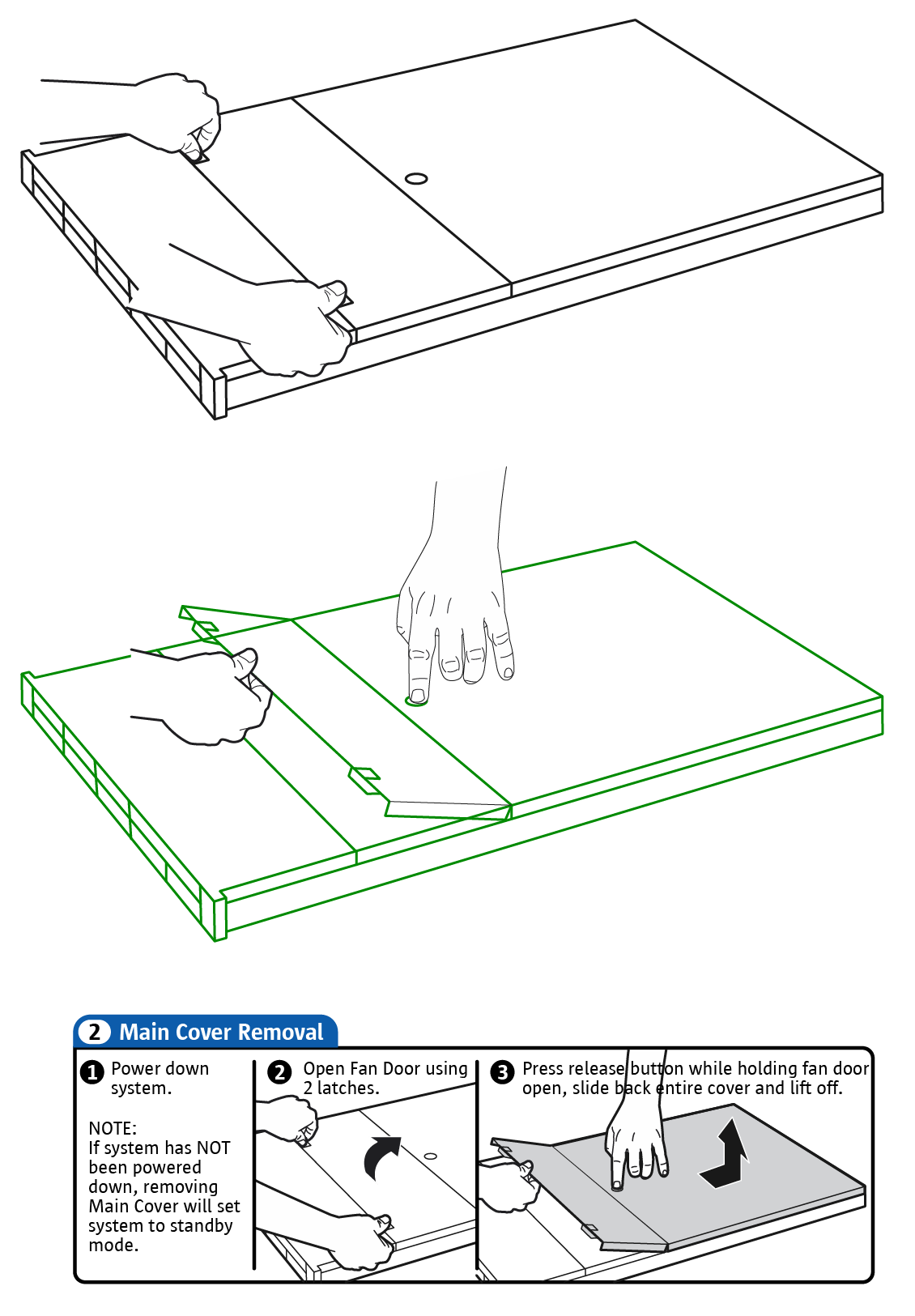
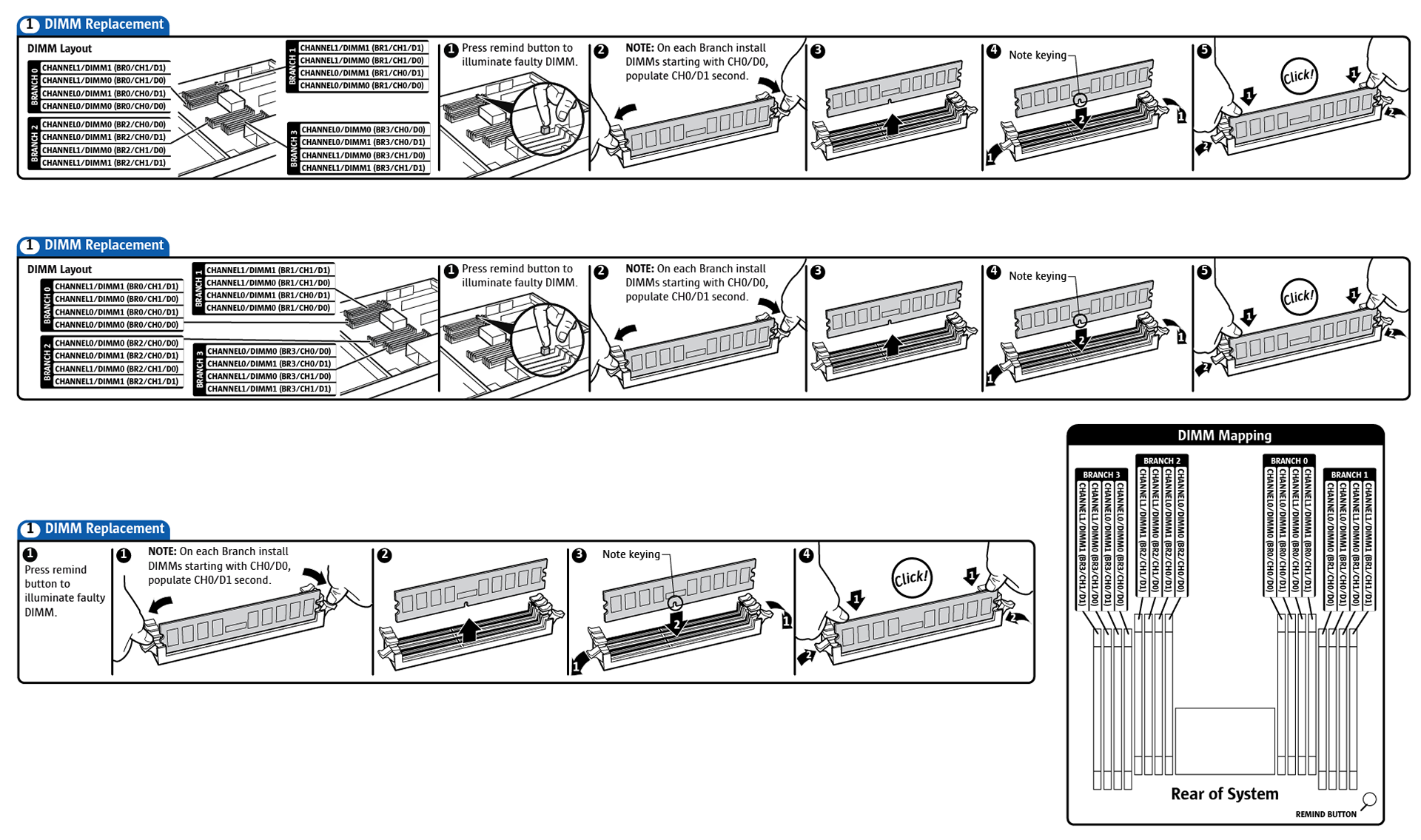
Preliminary labels are laid-out and placed in context to understand the full picture. We then test with users and make iterations on the fly as issues are discovered. We continuously test until we are satisfied with the results.
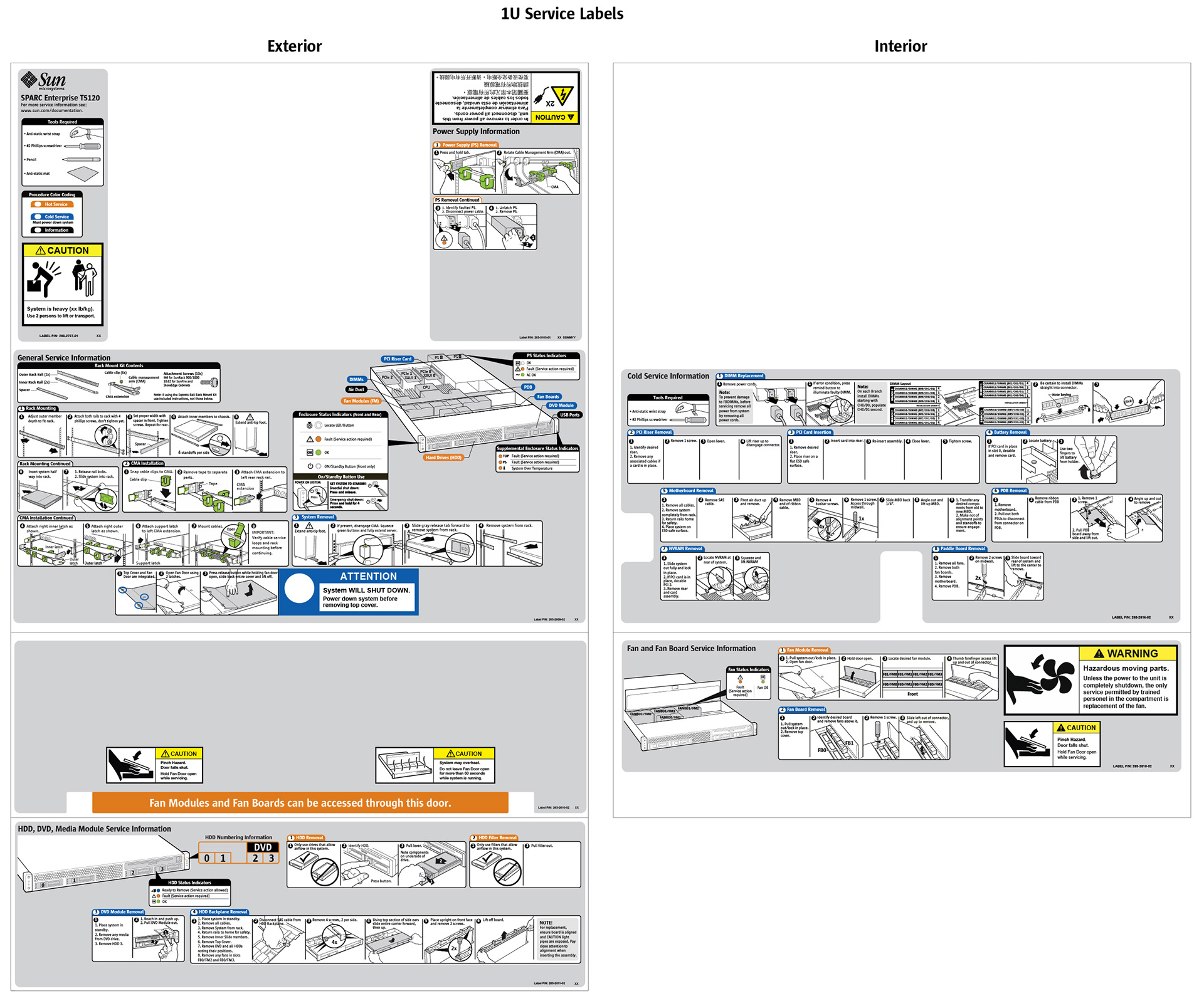

On this project, after the final layout was done the amount of labeling space was drastically changed with only two weeks left until release.
With no time to re-test and minimal time to review we laid-out the new labels using the knowledge we learned from earlier testing and created separate user aids for information we could no longer fit in the new space.


Design is never truly finished and improvements can always be made. We regularly receive feedback from users and continuously refine the design to make it easier to use.
In addition, as programs pushed the limits of system size we needed to generate new concepts for reduced content service aids and truly discern the most important information. This also included exploring options for different locations and types of service aids.
